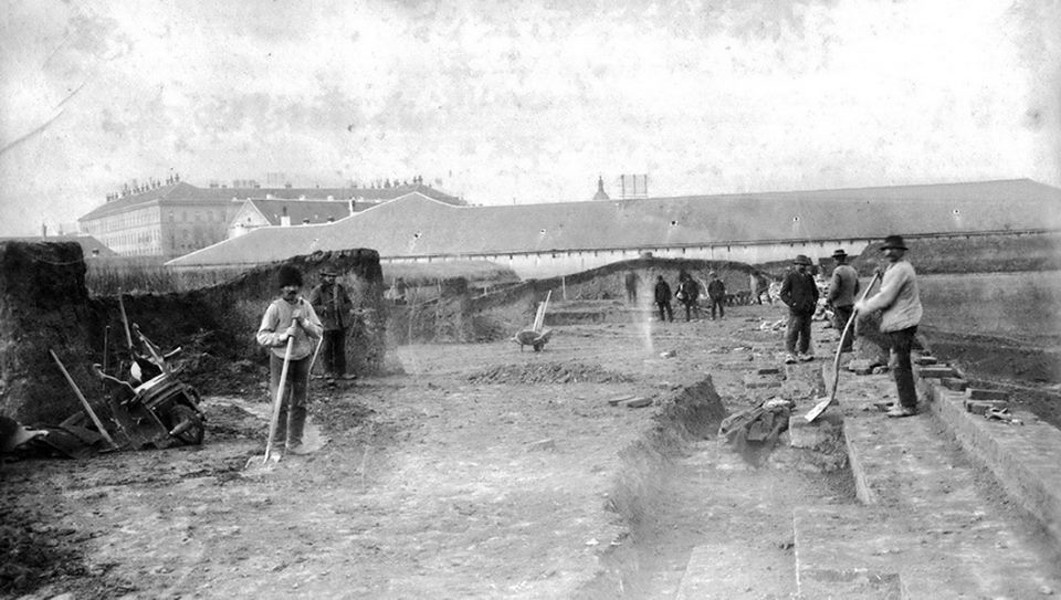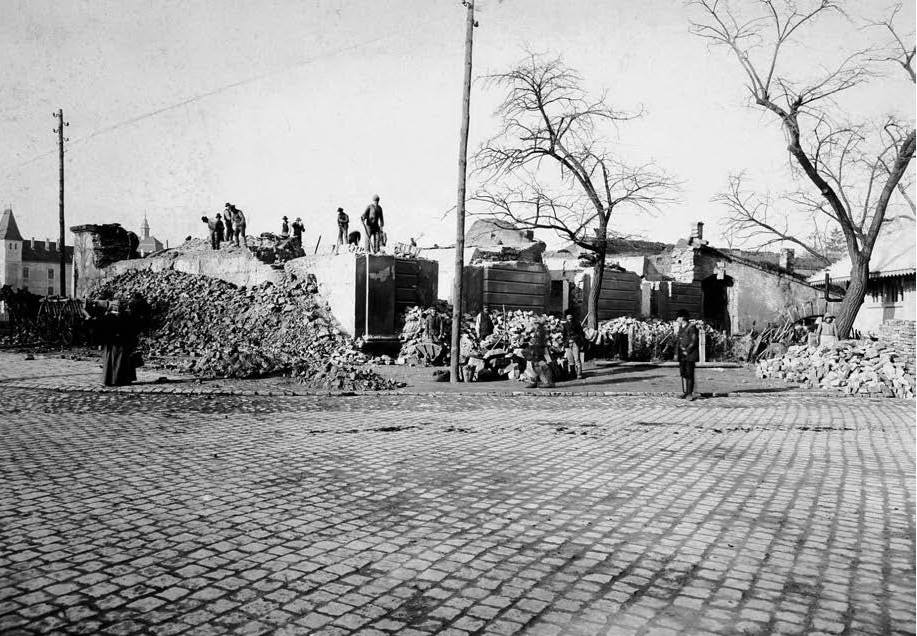
Defortification of Timisoara
Shortly after the conquest of Timisoara by the Habsburg army in October 1716, it was considered necessary to build a bastion fortress to replace the Turkish fortifications. The construction began in 1736 and lasted until 1765. At the end of the works, the fortification belt measured about 585m and covered nine bastions (Francisc Bastion, Theresia Bastion, Joseph Bastion, Hamilton Bastion, Castle Bastion, Mercy Bastion, Bastion Eugeniu, Elizabeth Bastion, Carol Bastion) and three gates of access to the fortress, spread over three bastions (the Transylvanian Gate, the Gate of Petrovaradin and the Gate of Vienna). Outside the fortifications is the esplanade - a 949-meter field, which was subject to the construction ban.
The fortress was built with high costs and efforts in order to withstand the attacks of the Turks, but it has never been attacked by them. It resisted the 100-day siege of the Hungarian Revolutionary Army in 1849. After this historic moment, the citadel began to lose its usefulness, due to many developments in the military technology. In this context, the authorities began demarches for the revocation of the fortress status and, implicitly, for the demolition of the fortifications, which were considered a hinderance to the urban development of the city. In 1872, Emperor Franz Joseph approved the request of Mayor Ferenc Steiner and thus, ordered the demolition of Timişoara's fortress. Mayor Carol Telbisz also requested, in 1892, for the invalidation of the city's fortress status. The works for defortification of the city began in 1898. After June 15th, 1905 the defortification continued with a bigger boost, when the contract- according to which the city’s authorities took over the area covered by fortifications from the military authorities- was signed.
 The demolition of the fortress walls, see the Piarist Complex in the background. Photo source: Lucian Muntean
The demolition of the fortress walls, see the Piarist Complex in the background. Photo source: Lucian Muntean
The entrenchments of the fortress were covered with the earth filling and covering of the meteors, and the bricks were cleaned and stored for sale in lots of 1000 pieces. The broken bricks were used in the infrastructure of about 80,000 square meters of road. After the demolition, about 26,000,000 whole bricks were saved, of which 19,000,000 were sold with 20-24 crowns / 1000 pieces and the rest were used for their own buildings or donated to administrative, socio-cultural or humanitarian buildings. Although these bricks were good for construction, for sanitary purposes, the authorities ordered their use only for the foundations of the buildings. The value of bricks marketed on this occasion covered the costs of demolition of the walls.
Economically, the city’s authorities tried to capitalize the forthcoming land at the highest possible price. Thus, in the first years after the demolition of the walls, there were sold lots of 1,906,512 crowns worth, which were introduced in a "development fund of the city". Along with defortification, the three Pre-World War II systematization plans and all urban works that contributed to the city's development and fluidization of traffic (such as the regulation of the Bega Canal or the relocation of the railway lines to Orşova in 1902 and to Bazias in 1933) left a strong impression on the modern development of the city.
Source: Defortificarea cetății Timișoara, Ciprian Glăvan – Analele Banatului XXI 2013; pages 421-426